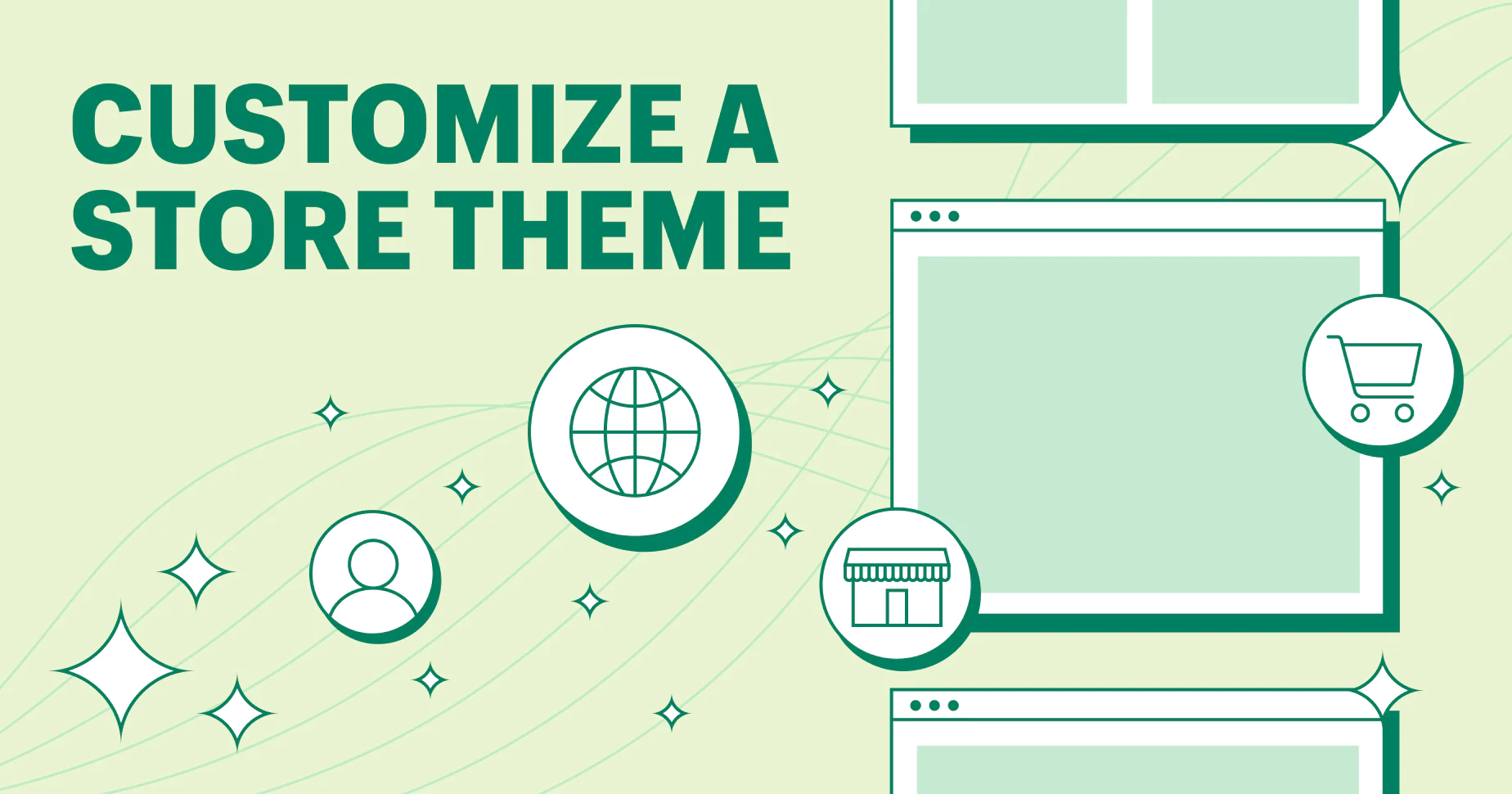So, you’ve decided to take the plunge into the vast world of eCommerce. Congratulations! Now comes the fun part – choosing the right platform to set up your digital shop. In one corner, we have WooCommerce, the open-source WordPress plugin that promises flexibility and customization galore. In the other corner, we’ve got Shopify, the all-in-one eCommerce solution that’s known for its user-friendliness and sleek design. It’s time for a no-holds-barred showdown between these two eCommerce giants. Ding, ding, ding!
Round 1: User-Friendliness and Ease of Use
Shopify
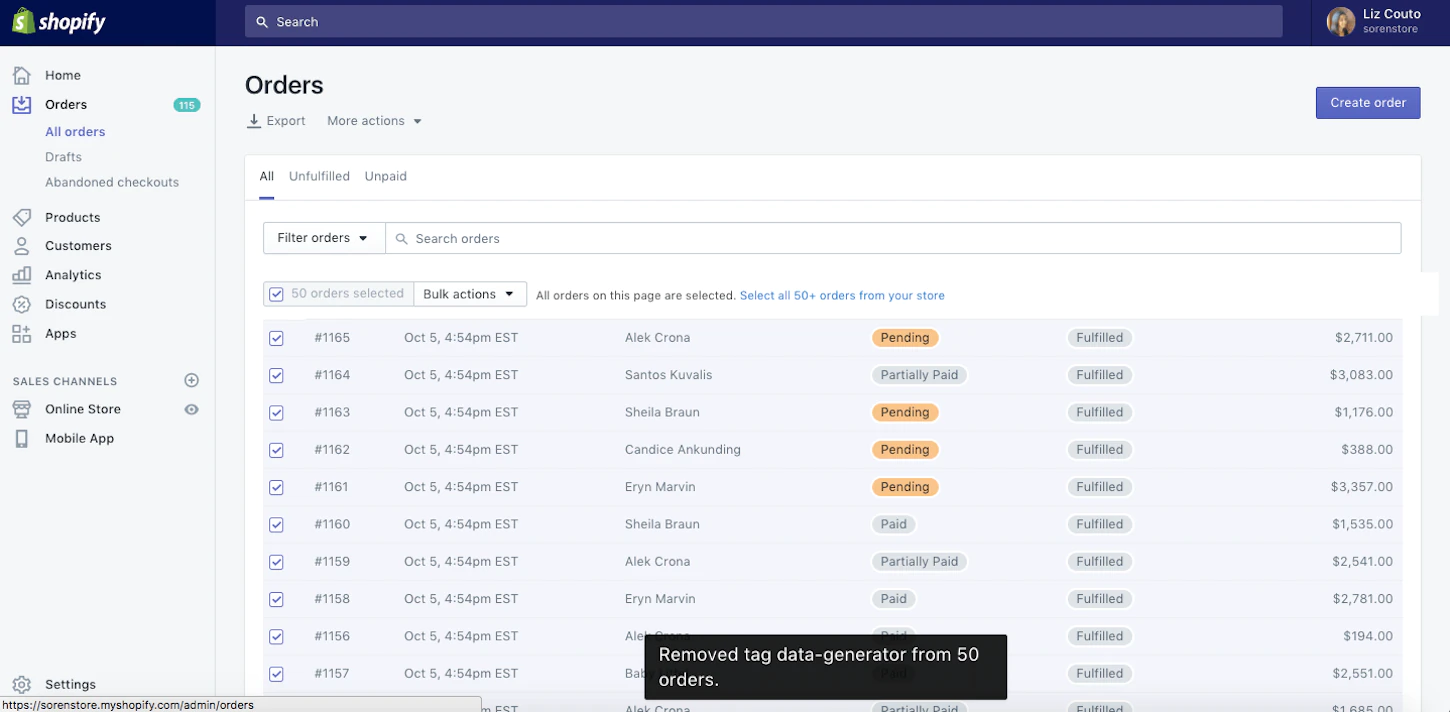
Shopify enters the ring with a flashy reputation for its user-friendliness. It’s like the popular kid in school who makes everyone feel welcome. Setting up your store is a breeze, even for those who might not have a Ph.D. in coding. The intuitive drag-and-drop interface is as simple as arranging your Instagram feed – which, let’s be honest, we’ve all done at least once.
Setting Up Shop in No Time
Picture this: you’ve decided to open an online store, and the excitement is palpable. But then, you remember the daunting task of setting up a website. Cue the horror movie scream. Fear not, because Shopify swoops in like a superhero with a time-saving cape. With its step-by-step setup process, you’ll have your store up and running before you can finish binge-watching your favorite TV show.
User-Friendly Backstage Pass
Shopify doesn’t just excel at making your store look good on the front end; it’s also a backstage pro. The admin panel is like your control center, giving you the power to manage orders, track inventory, and analyze customer behavior with ease. It’s like having a crystal ball that tells you what your customers want before they even realize it themselves.
Shopify Support: Your 24/7 Sidekick
We’ve all been there – staring at the screen, desperately trying to figure out why that button won’t align properly. Shopify’s got your back with its stellar customer support. It’s like having a tech-savvy friend on speed dial who’s always ready to rescue you from the clutches of technical glitches. Whether it’s via chat, email, or carrier pigeon (just kidding, it’s not the Middle Ages), help is always a few clicks away.
WooCommerce
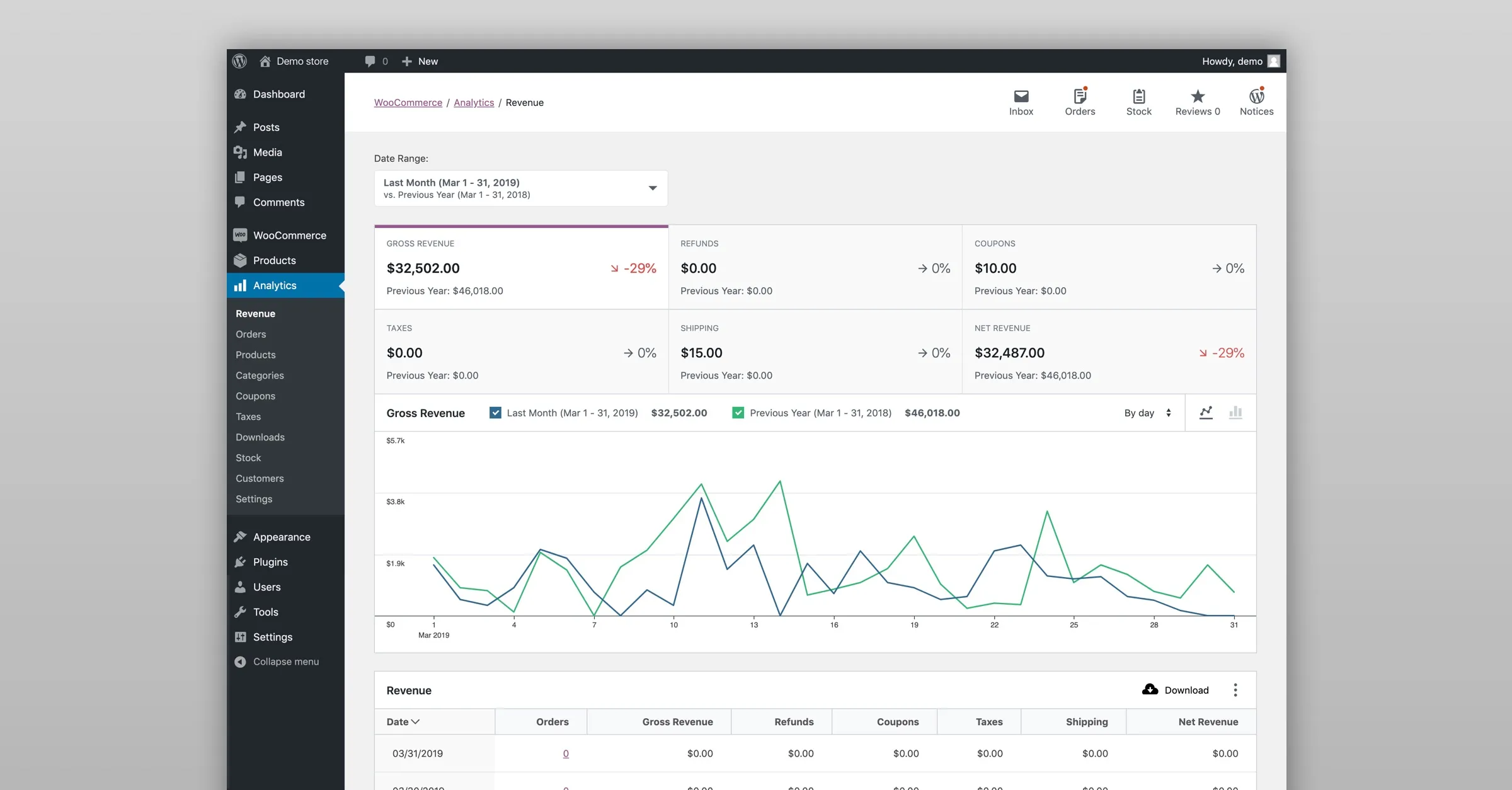
WooCommerce, on the other hand, is more like that cool indie bookstore where you can spend hours exploring. It’s built as a WordPress plugin, which means you need a WordPress website to get started. If you’re already familiar with WordPress, it’s a smooth ride. But if not, there might be a bit of a learning curve. However, once you’re in the groove, the possibilities for customization are practically endless.
The WordPress Connection
First things first, let’s address the elephant in the room – WooCommerce is best buddies with WordPress. If you’re already familiar with WordPress, congrats, you’ve got a head start. If not, fear not – the learning curve might be a tad steeper, but it’s like learning to ride a bike with training wheels. Once you’re comfortable, you’ll be pedaling through the customization landscape like a pro.
The Canvas of Customization
WooCommerce hands you a blank canvas and a palette of plugins, themes, and widgets. It’s like being an artist who gets to choose every brushstroke and color. Want to change the layout of your product pages? Install a theme. Craving a specific feature like an advanced search filter? There’s a plugin for that. WooCommerce lets you build your online store like a symphony of unique elements, each playing its part to create a harmonious shopping experience.
The Learning Adventure
Picture this: you’re embarking on a quest, armed with knowledge and determination, to customize your online store to perfection. Sure, WooCommerce might require a bit more learning, but think of it as a grand adventure in the world of eCommerce. You’ll uncover the secrets of shortcodes, CSS tweaks, and plugin compatibility. It’s like leveling up in a video game – each challenge you conquer brings you closer to mastering the art of WooCommerce.
From Niche to Nirvana
WooCommerce isn’t just a platform; it’s a community of like-minded enthusiasts. Forums, tutorials, and guides are your companions on this journey. Feeling stuck? Just ask a question, and you’ll likely have a swarm of WooCommerce wizards offering their advice. It’s like joining a secret society where everyone’s mission is to make your store shine brighter than a supernova.
Round 2: Customization and Flexibility
WooCommerce
WooCommerce flexes its muscles when it comes to customization. If you can dream it, you can probably do it with WooCommerce. It’s like having a personal stylist for your online store. You want a specific font for your product descriptions? Done. You want to change the color of the “Add to Cart” button to match your cat’s eye color? No problem, though we might question your color-matching priorities.
A Symphony of Themes
WooCommerce spoils you with a cornucopia of themes that cater to every taste and style. From minimalist chic to vibrant eccentricity, there’s a theme that aligns perfectly with your brand vision. It’s like walking into a gallery of art, where each frame tells a different story. And if you’re feeling particularly adventurous, you can tweak these themes to your heart’s content – making them as unique as a snowflake in a blizzard.
Plugins Galore
Ever wanted a store that not only sells products but also doubles as a membership club with a secret handshake? With WooCommerce, that’s not just a pipe dream. The plugin library is like a treasure chest filled with magical add-ons that can transform your store into an eCommerce wonderland. Whether it’s integrating a booking system for your yoga classes or enabling a live chat feature for customer support, plugins have your back.
Unleash Your Inner Coder
For the coding enthusiasts among us, WooCommerce is like a playground for creativity. You can tweak and customize to your heart’s content with CSS and HTML. It’s like being handed a lump of clay and having the power to sculpt it into whatever your heart desires. From the placement of buttons to the typography of your product descriptions, every pixel is at your command.
Product Variations That Shine
Imagine you’re selling customizable phone cases, each with a plethora of options – color, design, size, you name it. WooCommerce doesn’t break a sweat; it’s designed to handle complex product variations like a maestro conducting a symphony. It’s like having a personal assistant who keeps track of all the possible combinations, so you don’t have to.
Shopify
Meanwhile, Shopify might not let you change button colors based on your pet’s preferences, but it still offers a wide range of customizable templates and themes. Think of it as choosing between an à la carte menu and a chef’s special – both offer great options, just with a slightly different approach.
Themes: Your Canvas for Creativity
Shopify boasts a collection of stunning themes that are like designer garments for your store. Each theme is meticulously crafted to cater to different industries and aesthetics, ensuring that your store’s personality shines through. From elegant simplicity to bold extravagance, you’re bound to find a theme that resonates with your brand’s essence.
Customization Without the Code
Shopify knows not everyone is fluent in the language of code, and that’s perfectly fine. Its intuitive drag-and-drop editor lets you rearrange elements and design your pages without needing a degree in web development. It’s like rearranging your furniture to give your living room a fresh new look, except there’s no heavy lifting involved.
Apps: Your Store’s Power-Ups
Think of Shopify’s app store as a marketplace for superpowers. Need to integrate your store with social media? There’s an app for that. Want to offer personalized product recommendations to your customers? Yep, there’s an app for that too. These apps add layers of functionality to your store without the need for complex coding – it’s like enhancing your eCommerce store with the click of a button.
Advanced Customization for the Tech-Savvy
If you’re a coding aficionado who dreams in HTML and CSS, Shopify has a treat for you. With the ability to directly edit the code of your theme, you can achieve advanced customizations that cater to your specific needs. It’s like being handed a blank canvas and a set of professional-grade brushes – you’re free to paint your store with intricate details.
Scaling Up Seamlessly
As your business grows, Shopify grows with you. Whether you’re expanding your product range, targeting new markets, or experimenting with different sales strategies, Shopify provides the infrastructure to support your journey. It’s like having a trusted partner who always has your back, no matter where your eCommerce adventure takes you.
Round 3: Pricing and Payment Options
Shopify

Ah, the age-old debate: who’s got the better deal? Shopify comes with straightforward pricing plans, so you won’t be caught in a maze of hidden fees. The basic plan covers the essentials, while the advanced ones throw in some fancy features, like abandoned cart recovery and advanced reports. Plus, Shopify makes payment processing a breeze with its integrated payment gateway.
The Tiers of Triumph
Shopify’s pricing structure resembles a ladder, with each rung offering a new level of features and capabilities. The plans are tailored to accommodate businesses of all sizes, from fledgling startups to well-established enterprises. Whether you’re just dipping your toes into the eCommerce waters or you’re ready to make a big splash, there’s a Shopify plan that aligns with your goals.
Basic Shopify: This is like the “starter pack” for eCommerce novices. It includes all the essential features to get your store up and running smoothly.
Shopify: The middle ground, perfect for businesses with a growing customer base. This plan unlocks additional features like gift cards and professional reports.
Advanced Shopify: If your business is booming and you’re ready to kick things up a notch, this plan offers advanced features like third-party calculated shipping rates and advanced report building.
Transaction Fees: The Fine Print
While the subscription cost is a key consideration, don’t forget to factor in transaction fees. Depending on your pricing plan, Shopify charges varying transaction fees on each sale. But here’s a twist – if you use Shopify Payments (their built-in payment gateway), these fees are reduced or even waived altogether. It’s like getting a discount on your favorite pair of shoes just for using a certain credit card.
Payment Gateways: Your Checkout Champions
Shopify understands that flexibility is key when it comes to payment options. That’s why it supports a wide array of payment gateways, allowing your customers to check out using their preferred methods. From credit and debit cards to digital wallets like Apple Pay and Google Pay, Shopify ensures that your customers can pay with the utmost convenience.
Growing Your Business, Growing Your Costs
One thing to keep in mind is that as your business scales, your costs might increase. With more customers, products, and orders, you might find yourself needing features offered in higher-tier plans. But remember, this increase in expenses is often accompanied by an increase in revenue. It’s like investing in a larger kitchen when your restaurant starts attracting more diners – it’s a sign of growth and success.
WooCommerce
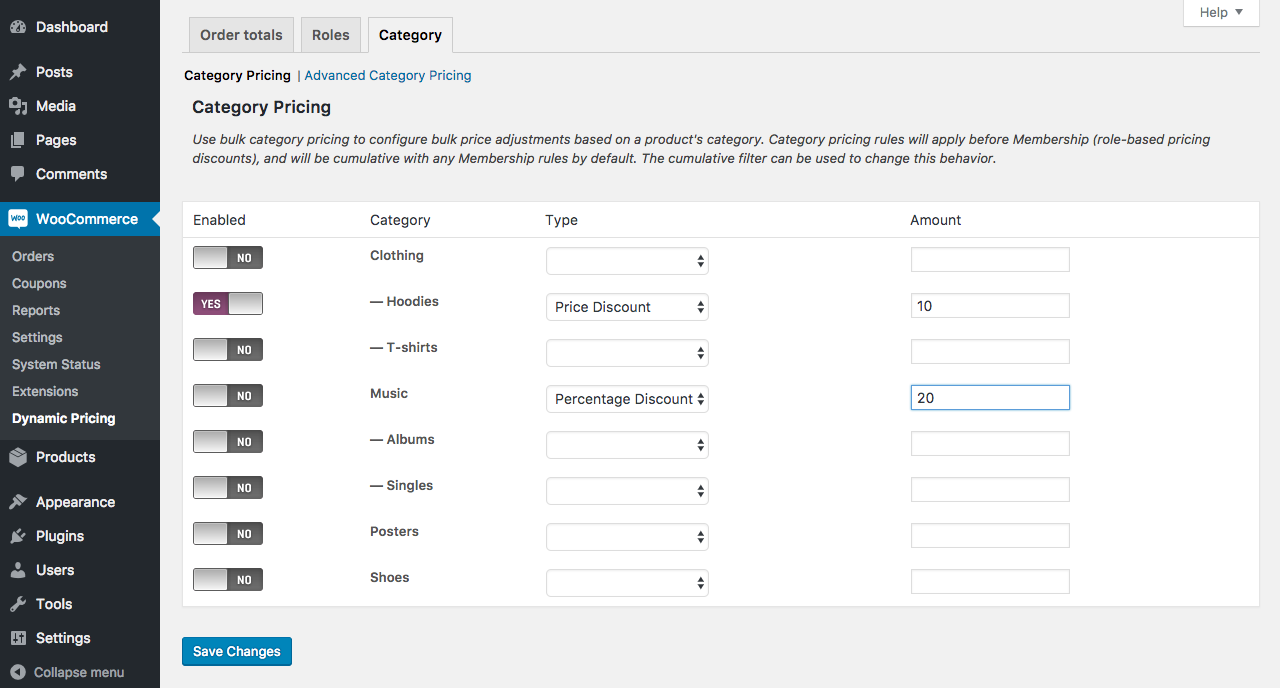
WooCommerce, being the open-source kid on the block, is technically free. But before you do a victory dance, remember that you’ll need to pay for hosting, security, and additional extensions. It’s like going to a free concert and realizing you have to pay for parking, a t-shirt, and an overpriced hot dog. However, the freedom to choose your payment gateways and avoid transaction fees might just balance the scales.
The Open-Source Advantage
First things first, WooCommerce itself is open-source and free to use. That’s right, it won’t cost you a dime to get started. However, keep in mind that running an eCommerce store involves additional costs like hosting, domain registration, and security measures. It’s like getting a free ticket to an amusement park but paying for the roller coasters, cotton candy, and souvenir photos.
Extensions: Your Store’s Power-Ups
Think of WooCommerce extensions as LEGO bricks – you get to choose and assemble the pieces that suit your vision. These extensions add extra functionalities to your store, ranging from advanced shipping options to membership subscriptions. Some are free, while others come with a price tag. It’s like building your eCommerce playground and customizing it with the coolest slides and swings.
Themes: Your Store’s Aesthetic Identity
WooCommerce plays well with themes, just like a chameleon that seamlessly blends into its surroundings. There are free themes that can help you get started, and premium themes that offer more advanced customization options. Think of themes as the walls of your store – they set the ambiance and define your brand’s visual identity.
Payment Gateways: Your Digital Cash Registers
WooCommerce is no stranger to diversity when it comes to payment gateways. Whether you want to accept credit cards, PayPal, or even cryptocurrencies, there’s likely a plugin or extension that can make it happen. It’s like having a global array of cash registers that cater to every customer’s preferred payment method.
Scaling Up: A Tale of Investment
As your business grows, so might your expenses. Scaling up your WooCommerce store might require investing in premium extensions or hiring a developer for customizations. It’s like expanding a brick-and-mortar store – you’ll need to invest in more space, staff, and resources to accommodate the influx of customers. But with proper planning, this investment can lead to higher returns.
Round 4: App Integrations and Add-Ons
Shopify
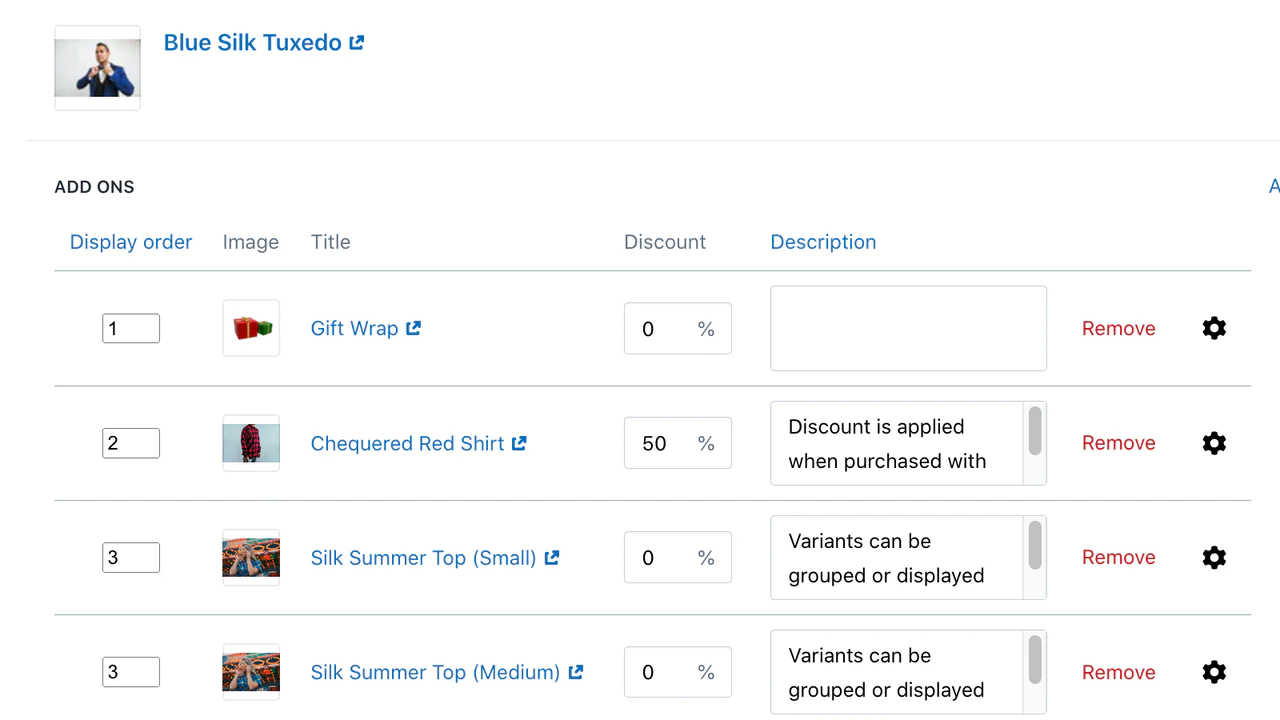
Here’s where both platforms unleash their secret weapons. Shopify boasts a bustling app store with a wide array of integrations. Need to connect your store to your social media accounts? There’s an app for that. Want to optimize your store for better SEO? You guessed it – there’s an app for that too. It’s like being a kid in a candy store, except the candy makes your store more awesome.
The App Store: Your Aladdin’s Cave
Picture this: you’re an eCommerce explorer searching for that magic lamp that can grant your store’s every wish. Enter the Shopify App Store, a treasure trove of apps that can enhance your store’s functionality in a heartbeat. From marketing and sales to customer service and inventory management, there’s an app for virtually every need. It’s like having a loyal army of digital assistants at your beck and call.
Social Media Sorcery
Is your store not getting enough love on social media? Fear not, for Shopify has the potion you need. With social media integration apps, you can seamlessly connect your store to platforms like Instagram and Facebook. This means your products can be tagged in posts and stories, turning your followers into potential customers. It’s like transforming your social media into a direct sales channel, with a sprinkle of magic dust.
SEO Enchantment
Ah, the spell of Search Engine Optimization (SEO). Shopify apps can help you cast a powerful enchantment to boost your store’s visibility on search engines. These apps analyze your store, suggest keywords, and even provide tips to improve your rankings. It’s like having a magical book that contains all the secrets to unlock the doors to the top of the search results castle.
Customer Support Charms
Ever wished you could offer instant assistance to your customers, even when you’re not physically present? With live chat and customer support apps, you can do just that. These apps let you communicate with customers in real-time, addressing their concerns and guiding them through the shopping experience. It’s like having a personal shopping assistant who’s available 24/7 to hold your customers’ hands.
WooCommerce
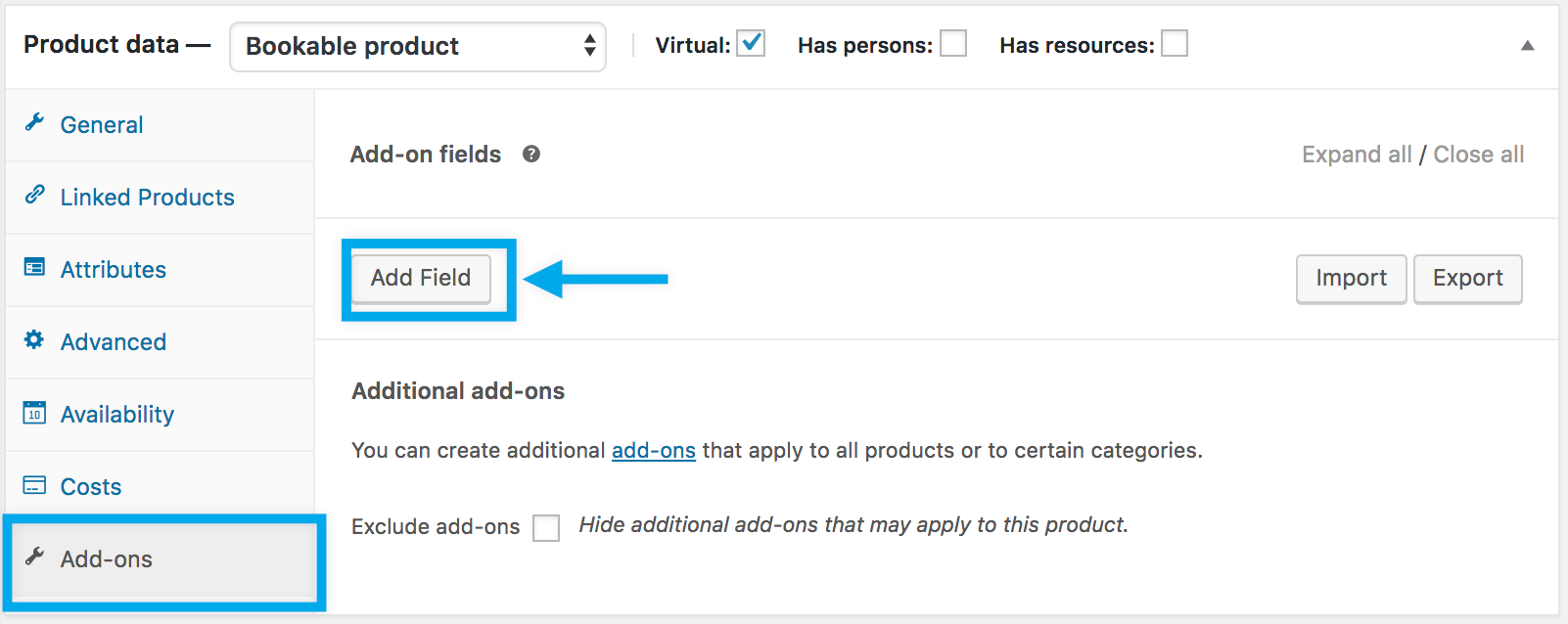
WooCommerce, while not having an app store per se, has a vast library of plugins that can turn your store into a digital Swiss Army knife. From SEO enhancements to membership subscriptions, it’s like building your own superhero squad of features. You’re the Tony Stark of eCommerce, and plugins are your Iron Man suits.
The Plugin Playground
Imagine you’re in a candy store with walls lined with different flavors and colors. That’s WooCommerce’s plugin repository – a playground where you can choose from a vast array of plugins to add extra features to your store. Whether you need better SEO, automated marketing, or enhanced payment gateways, there’s a plugin for virtually every requirement. It’s like having a collection of tools that you can handpick to suit your specific needs.
Customization without Coding
WooCommerce app integrations aren’t just about functionality – they’re about making your store uniquely yours. With these integrations, you can tweak the design, layout, and user experience without touching a single line of code. It’s like redecorating your living room by rearranging furniture and adding decorative elements – easy, intuitive, and entirely in your control.
Shipping and Logistics Wizardry
Shipping can be a labyrinth, especially when you’re dealing with different carriers, rates, and delivery zones. WooCommerce’s shipping integrations simplify this process, allowing you to set up and manage shipping options seamlessly. It’s like having a navigation system that guides your packages to their destinations with pinpoint accuracy.
Marketing Mastery
Do you want to create eye-catching pop-ups, run email campaigns, or offer loyalty programs to your customers? WooCommerce’s marketing integrations have you covered. They help you engage with your customers in creative ways, turning casual visitors into devoted fans. It’s like having a megaphone that amplifies your store’s voice in a crowded marketplace.
Round 5: Scalability and Long-Term Vision

As your online empire grows, you might wonder which platform can handle the heat. Shopify shines in scalability – it’s like upgrading from a bicycle to a rocket ship. As your products and customers multiply, Shopify’s got your back with its robust infrastructure. Plus, it’s got a history of powering some pretty hefty brands.
WooCommerce might not be the rocket ship, but it’s more like a modular spaceship that you can upgrade piece by piece. It’s perfect for those who want to start small and gradually conquer the galaxy. Just imagine your store becoming the Millennium Falcon of the eCommerce universe – making the Kessel Run (aka achieving your sales goals) in record time.
Conclusion: Choosing Your Champion
| Feature | WooCommerce | Shopify |
|---|---|---|
| Type | Self-hosted WordPress plugin | Hosted platform |
| Ease of Use | Requires more technical setup | Beginner-friendly |
| Customization | Highly customizable | Limited customization options |
| Scalability | Scales well, suitable for large stores | Scales well, especially for smaller stores |
| Cost | Open-source (free), but hosting costs apply | Subscription-based, varying plans |
And there you have it, folks – a showdown for the ages between WooCommerce and Shopify. But let’s be real, there’s no one-size-fits-all answer. It’s like trying to decide between pizza and tacos – they’re both amazing, just different.
Shopify offers simplicity, elegance, and a quick setup for those who want to hit the ground running. It’s like a friendly guide who holds your hand through the process.
WooCommerce is for the dreamers, the tinkerers, the ones who want to sculpt their store like a piece of art. It’s like having your own workshop where you can build your eCommerce masterpiece.
So, what’s it gonna be? The speed demon or the artistic craftsman? The all-in-one solution or the DIY powerhouse? Remember, your choice isn’t just about the tools – it’s about the journey you want to take, the brand you want to build, and the customers you want to dazzle. Happy selling!

Kevin Taylor is a technology writer with almost two decades of experience covering consumer tech. Before joining Virtualbooktourcafe.com, Kevin ran his own publication, reviewing numerous tech gadgets and managing a team of writers. With a deep interest in computers, writing, photography, and hobbies like drag racing, hockey, and MMA, Kevin brings a diverse range of expertise to his work.

